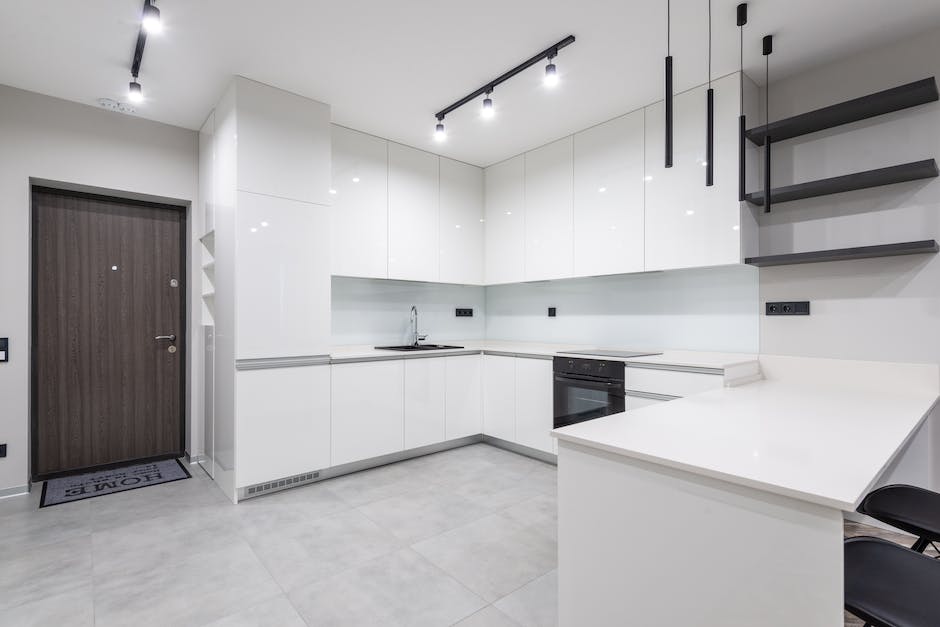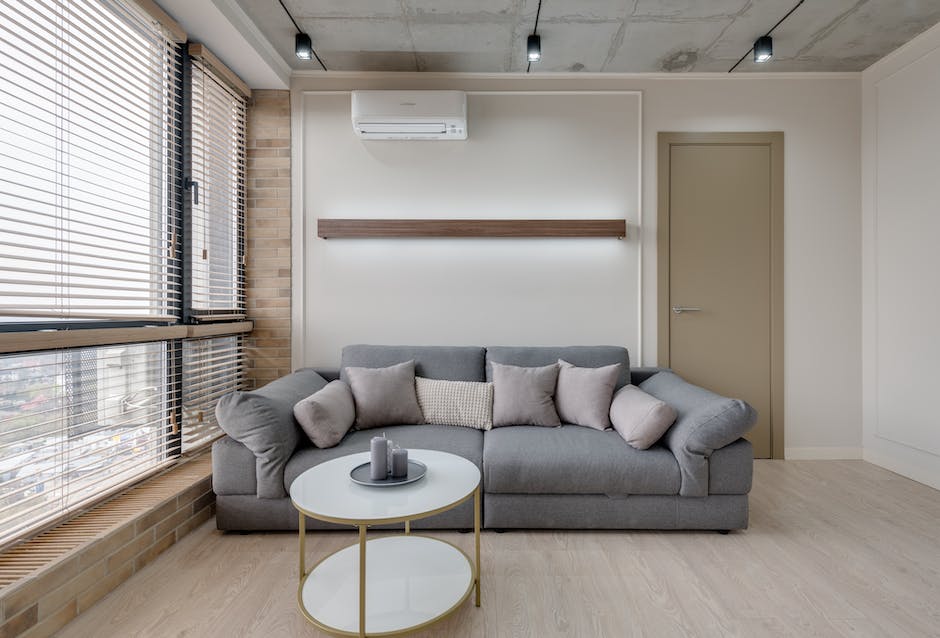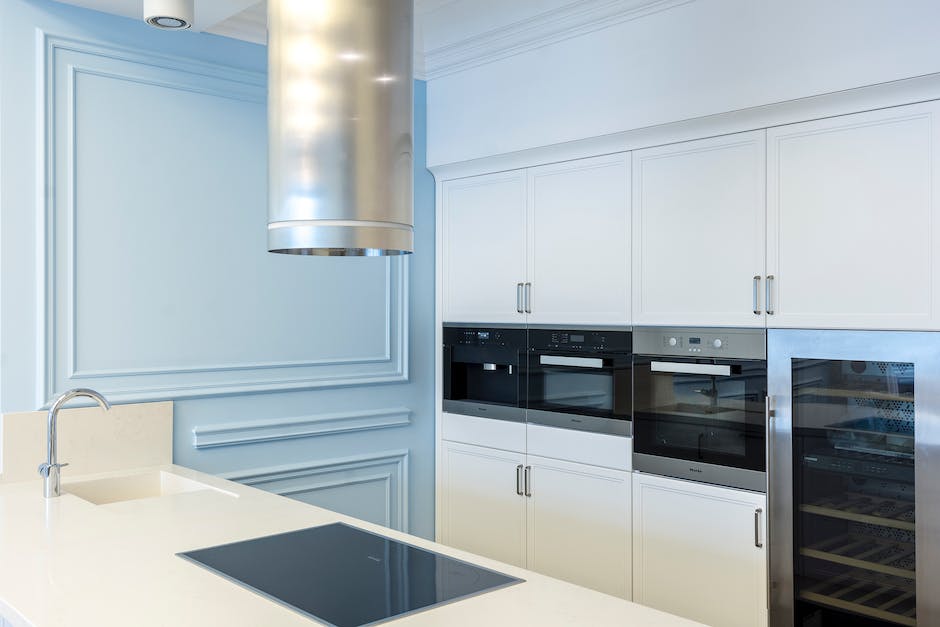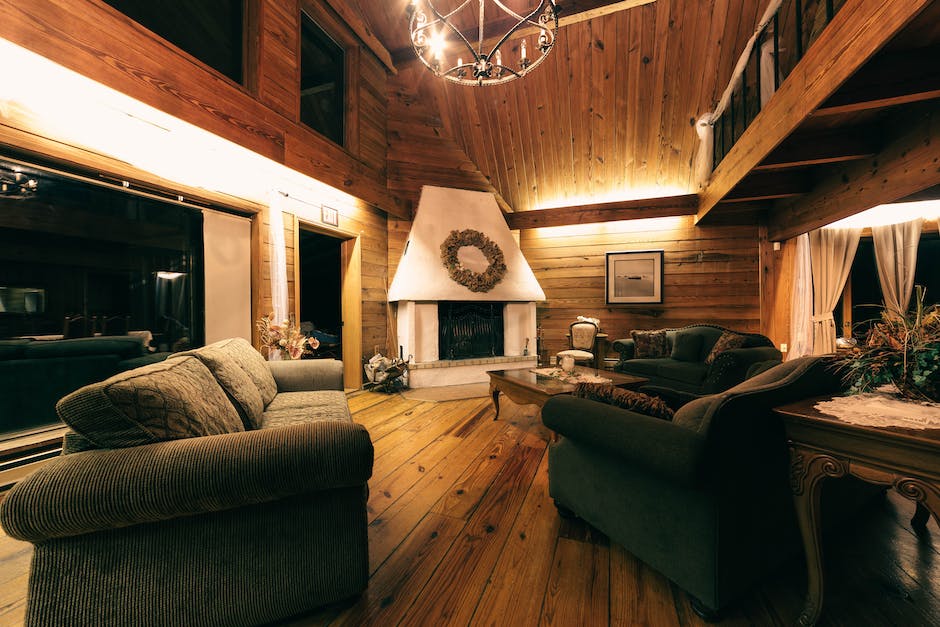Introduction
The convergence of IoT (Internet of Things) technology and energy-efficient practices has given birth to innovative solutions such as smart thermostats, predominately revolutionizing the HVAC industry’s landscape. A smart thermostat is a heating, ventilation, and air conditioning (HVAC) system controller that optimizes energy usage while ensuring comfort and convenience. This article unveils how smart thermostats optimize HVAC systems, ushering in a new era of efficient energy management.
What is a Smart Thermostat?
Essentially, a smart thermostat is a programmable thermostat that learns from your habits and preferences. These cutting-edge devices can automatically adjust heating and cooling in your home to maintain optimal comfort and minimize energy use. They connect to your home’s WiFi, allowing you to control your HVAC system remotely through a smart device or computer. This modernized control incorporates machine learning algorithms to effectively learn homeowner behavior and energy consumption patterns.
Energy Efficiency and Cost Savings
One of the primary advantages of a smart thermostat is its potential to save energy and consequently, reduce utility bills. Smart thermostats achieve this by accurately learning and adapting to your schedule. For instance, they can reduce heating or cooling when you are away from home but ensure a comfortable temperature by the time you return.
Modern smart thermostats offer meticulous energy reports, providing homeowners with an in-depth understanding of their energy usage. With this valuable information in hand, you can tailor your HVAC usage to your specific lifestyle needs, which can lead to significant energy savings.
Improved HVAC System Management
A smart thermostat provides better controls for optimizing your HVAC system’s performance. This comes with the ability to monitor the HVAC system in real-time and send alerts when the system’s performance drops or needs maintenance. By detecting potential issues early on, it spares home owners from unexpected and potentially expensive HVAC system breakdowns.
Additionally, these smart devices can monitor and consider outside weather conditions, making necessary climate adjustments inside your home. This proactive adjustment ensures that your HVAC system won’t work harder than it needs to during extreme temperatures, further extending its lifespan.
Comfort and Convenience
While energy efficiency and system management are significant advantages, smart thermostats also provide unprecedented comfort and convenience. These devices are intuitive to use and can be controlled remotely, allowing users to adjust their home’s temperatures from just about anywhere with internet access.
Next-level features such as voice control compatibility make operating your HVAC system simpler and more accessible. By integrating with voice-activated platforms like Amazon’s Alexa or Google Assistant, smart thermostats allow you to adjust your home’s temperature without lifting a finger.
Moreover, with geofencing technology, some smart thermostats can use your smartphone’s location to determine when you’re at home or away. This feature allows the system to adjust temperatures accordingly, providing an optimum warm or cool atmosphere just as you arrive, enhancing your comfort significantly.
Environmentally-friendly
Undoubtedly, by cutting unnecessary energy use while maintaining comfort, smart thermostats indirectly benefit the environment. Reduced energy consumption translates to decreased greenhouse gas emissions – an important aspect considering the global need for greener solutions. Therefore, switching to a smart thermostat doesn’t just help your wallet, but it also makes a positive contribution towards a more sustainable planet.
Conclusion
The marriage of internet technology and energy efficiency in the form of a smart thermostat has transformed our approach to managing HVAC systems. From significant energy savings and improved system performance to providing excellent comfort and convenience, smart thermostats offer tremendous benefits. They represent a noteworthy leap towards smarter, more eco-friendly homes. Investing in a smart thermostat is not just about saving dollars on your energy bills, but it’s also a worthwhile commitment to safeguarding our environment for generations to come.








